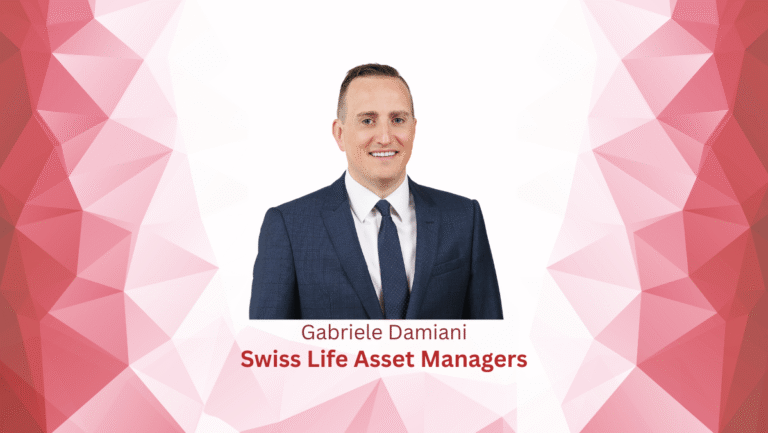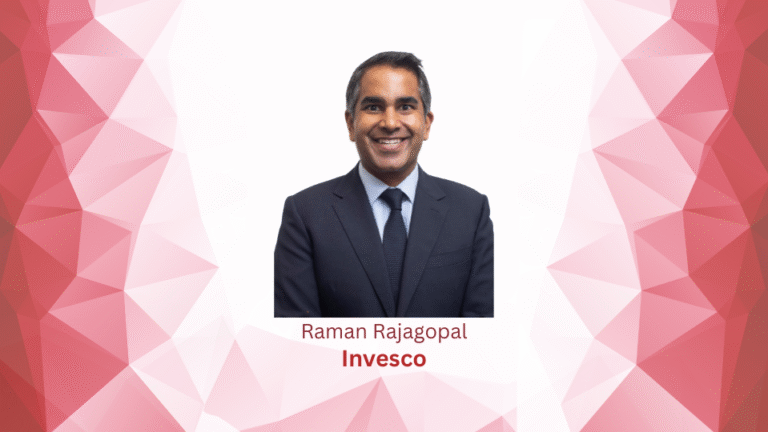By Helene Noublanche, Investor Relations Manager at Coller Capital as published in Insight Out #27
What are the expectations for the secondaries market?
Compared with the secondaries market in public equities (which comprises a large amount of stock exchange activity), the private capital secondary market is small. Even today, with market volumes at historically high levels, annual secondary transactions account for only around 1.4% of private equity’s total net asset value.38F[1]
We believe the secondary market has plenty of room for long term growth. From being a niche strategy in the early 1990s, secondaries have expanded rapidly, to become a mainstream feature of the private capital world. Coller Capital expects the market to continue growing and developing for years to come.
In the shorter term, we see the market opportunity becoming potentially highly attractive should the macro-economic environment continue to deteriorate, and investor nervousness persist. And there is certainly no shortage of things to be nervous about. The war in Ukraine, a high inflationary environment, and central bank interest rate hikes, are all causing stresses through a financial system built around the low interest environment of recent years.
The World Bank in its January 2023 Global Economic Prospects Report quotes “Global growth has slowed to the extent that the global economy is perilously close to falling into recession.” Should the economy move into a recessionary environment, there may be significant consequences for LPs and GPs.
Although the market in 2023 is unquestionably competitive, Coller Capital’s view is that the market remains broadly in balance as a consequence of:
- The limited amount of available buyside capital. We estimate that, at the start of 2023, there was sufficient dry powder to acquire 1.2 years’ worth of market turnover at 2022’s transaction volumes. The secondaries market remains undercapitalised, and in comparison, we estimate the primary market has far greater (3.3 years’ worth of) dry powder.
- The increasing supply of quality deal flow. Whilst 2022 deal volumes were relatively subdued, with a significant number of transactions stalled amid market dislocation, the latter part of the year saw significant recovery. With traditional exit routes currently constricted, hold periods have increased and distributions slowed: we expect GPs and LPs’ search for liquidity to result in an increase in secondaries volumes in 2023.
- Strong secondaries market fundamentals. The market continues to diversify and evolve, and a major restructuring of existing private capital funds is continuing at an accelerating pace: GP-led secondaries, which made up only a small fraction of annual transactions before 2015, now make up around a half of secondary volumes.
We expect secondaries volume to reach $110 billion in 2023 and have a long-term estimate for the market to reach $500 billion by 2030[1]. There are several reasons investors are selling in the secondaries market and we’re finding that most LPs will use the secondaries market to rebalance their private equity portfolios and to increase liquidity.
Coller Capital 2023 Summer Global Private Equity Barometer results
Twice a year Coller Capital publishes its Barometer report[2] which offers a unique snapshot of global trends in private equity – this provides an overview of the plans and opinions of Limited Partners worldwide. Outlined below are the current challenges and opportunities facing LPs and trends that can be felt by IR teams across the private equity industry.
Investors approach to due diligence and travel
According to the Barometer, the level of diligence that investors undertake has increased over the past two years, with more European LPs increasing their levels of diligence than their peers in North America and Asia-Pacific. Due diligence for fund commitments is a key reason for LPs returning to travel levels not seen since pre-Covid days. Investors are also likely to travel to attend conferences and AGMs, with fewer LPs planning to return to their historical office commute. When it comes to the fund investment process, three fifths of investors are finding negotiating terms a challenge, but less so assessing managers or accessing funds.
Negotiating terms and incentives
During the process of investing in a GP’s fund, the negotiation of terms is still a challenge for the majority of LP institutions. This suggests that the balance of power between LPs and GPs has not shifted much in recent years.
Artificial Intelligence (AI)
The last few months have seen interest in artificial intelligence, in particular ChatGPT, increase exponentially. In the summer edition of the Barometer, we asked about AI within private equity and already investors were seeing the usefulness of AI to the PE transaction process.
Three quarters of LPs think that AI will be an important tool when originating private equity transactions in the next five years. The majority of LPs believe that AI will make a significant contribution during the deal assessment and post-deal portfolio company engagement stages. It will also be useful for due diligence requests as well as automatisation of KYC/AML.
Importance of ESG remains high despite the ‘Anti-ESG’ movement in the US
The importance of ESG within private equity is still being taken seriously by LPs, despite the ‘Anti-ESG’ movement in the US, with three quarters of European LPs not expecting this to change the emphasis GPs place on ESG. European LPs are ahead of their global peers in their approach to hiring dedicated ESG teams within their organisations.
[1] Source: Coller Capital and Preqin, as at January 2023.
[1] Coller Capital, 2023
[2] Coller Capital Global Private Equity Barometer, Summer 2023




